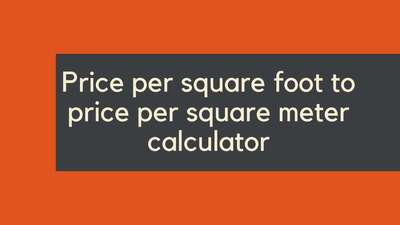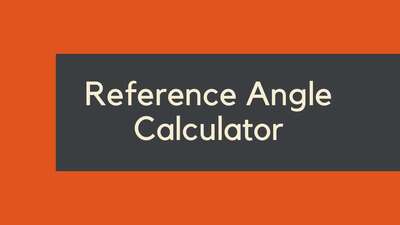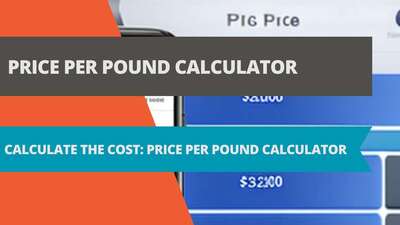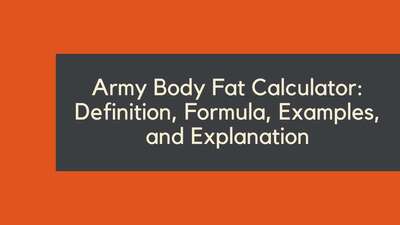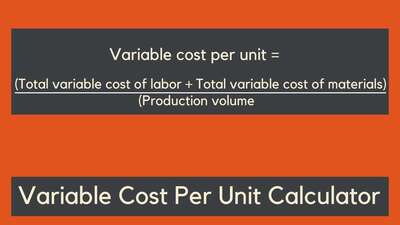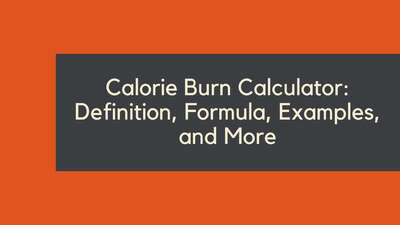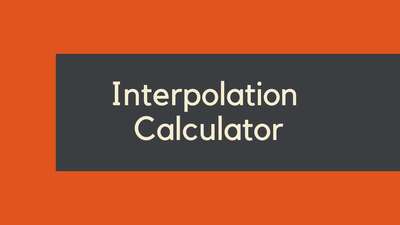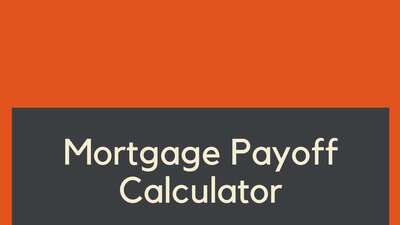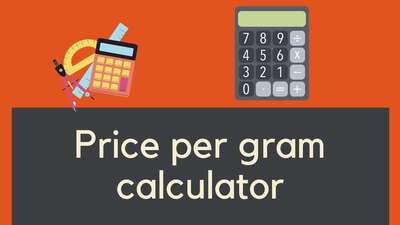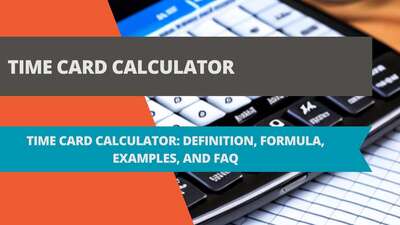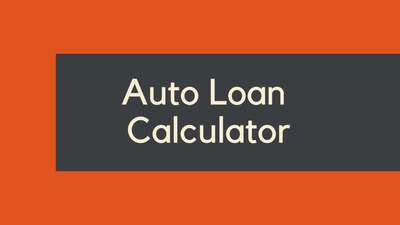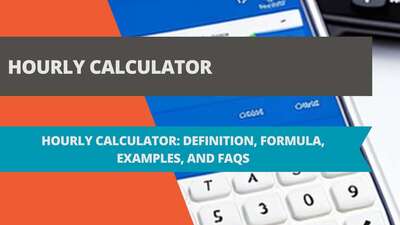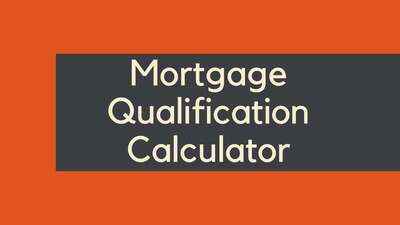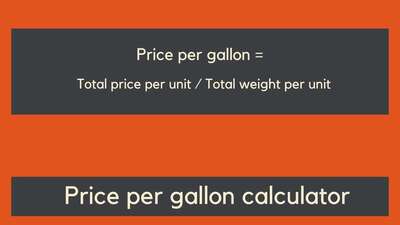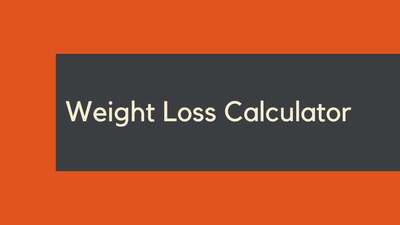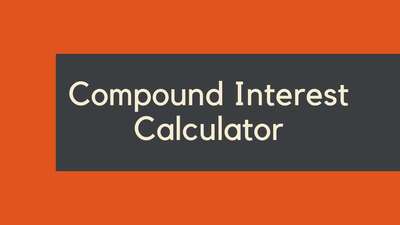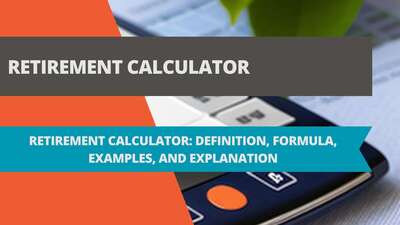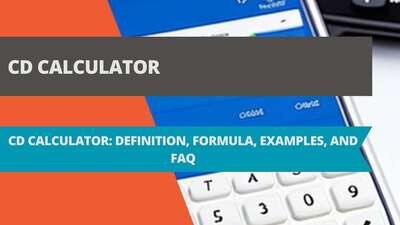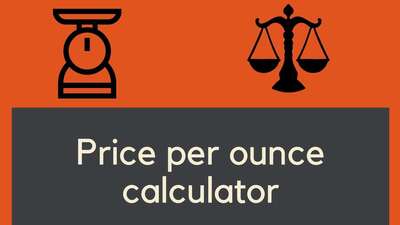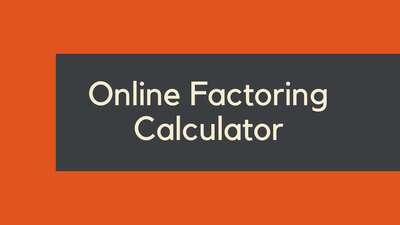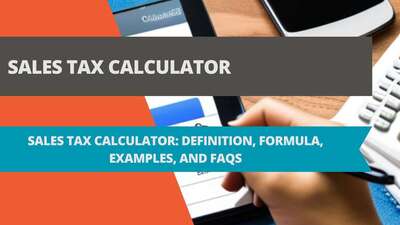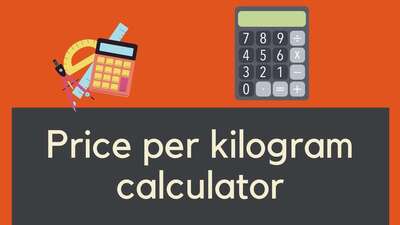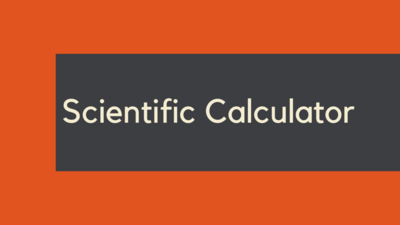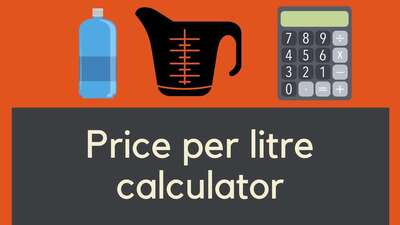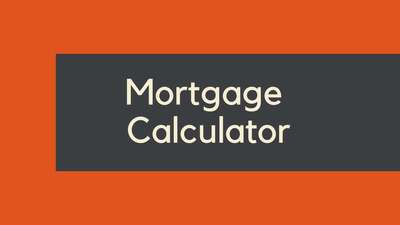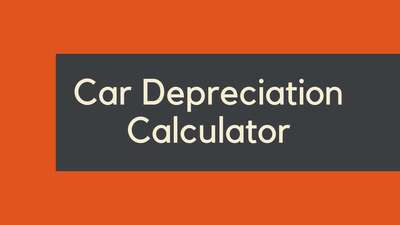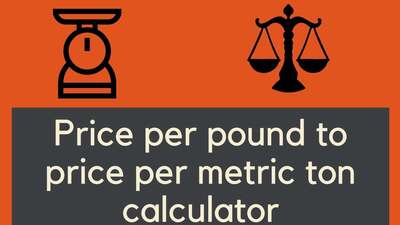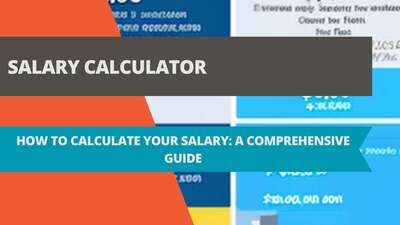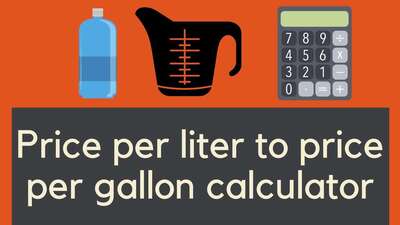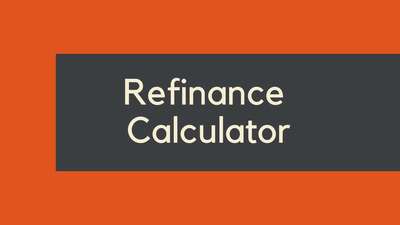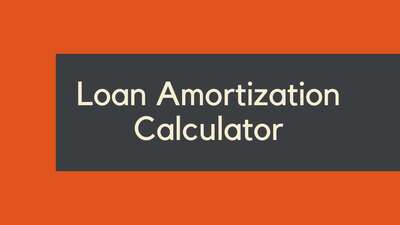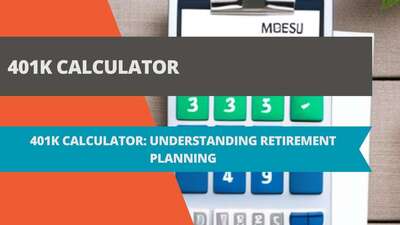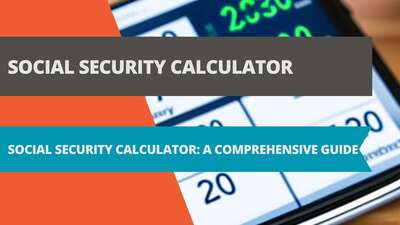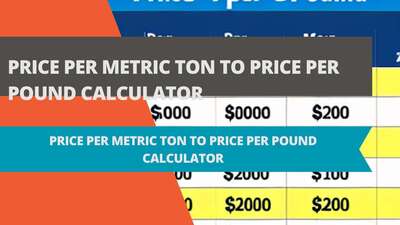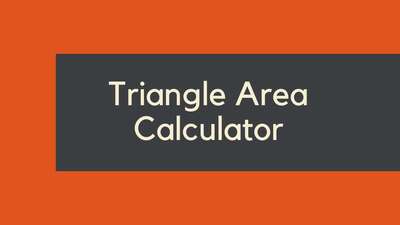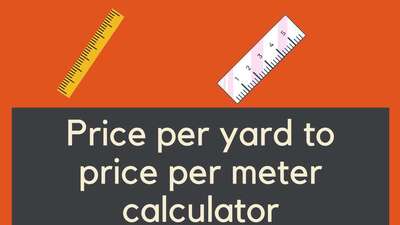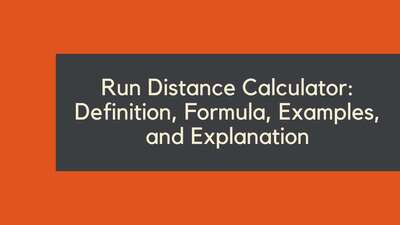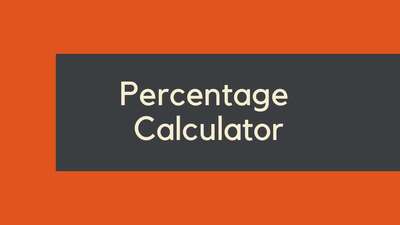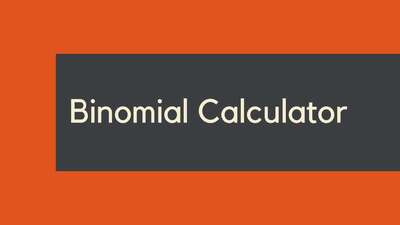Home Loan Calculator
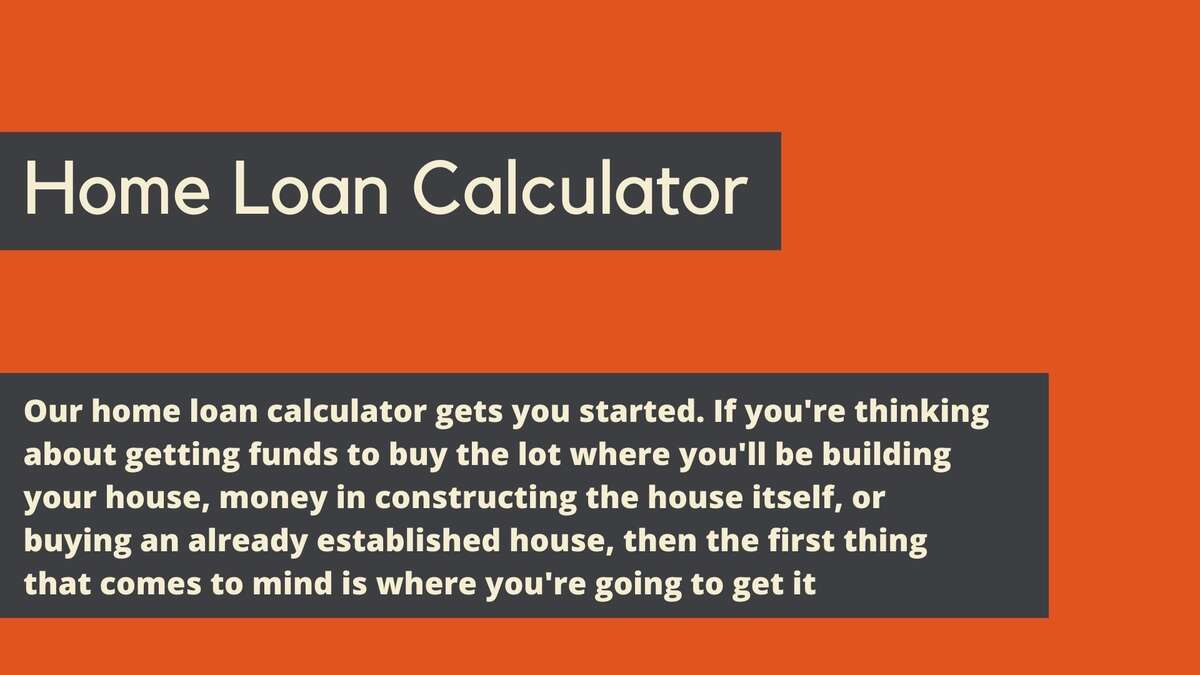
- Home Loan Calculator Definition
- Home Loan Calculator Explanation
- How much home loan can I afford?
- Types of home loans
- What is Conventional mortgages
- What is Government-insured mortgages
- How to apply for a home loan?
- How to use the home loan calculator?
- Introduction to Home Loan Calculator
- Key Components of the Calculator
- Factors Determining Home Loan Affordability
- Types of Home Loans
- Steps to Apply for a Home Loan
- Optimizing the Home Loan Calculator
Home Loan Calculator Definition
Our home loan calculator gets you started. If you're thinking about getting funds to buy the lot where you'll be building your house, money in constructing the house itself, or buying an already established house, then the first thing that comes to mind is where you're going to get it. After doing some research, you'll see how much you're gonna get depending on your monthly income and how much the interest will be. After that you're going to decide how long it's going to take for you to pay for the whole amount. Now, the biggest question is how much you're going to pay monthly. And that vital piece of info is what we'll provide you with using our home loan calculator.
Once you got all those details, all you have to do is put them in the fields below, click 'Button', and you'll be able to see how much you're monthly payments would be. You're monthly amortization is the combination of the amount you have to pay to reduce the principal loan amount (the amount you've loaned), and the interest per month.
A home loan calculator is a tool that helps borrowers calculate their monthly mortgage payment based on the loan amount, interest rate, and loan term. It is a handy tool for potential homebuyers to estimate how much they can afford to borrow and what their monthly payments would be. Home loan calculators are available online, and most are easy to use. By inputting the loan amount, interest rate, and loan term into the calculator, the tool will provide an estimate of the monthly payment. This can help borrowers determine how much they can afford and assist them in budgeting for their new home.
Home Loan Calculator Explanation
Loan Amount - This is the amount a financial institution is willing to let you borrow. Most of the time it's being determined by your monthly income or your capacity to pay. In putting in the amount, please do not include any symbols like commas, or periods.
Rate of Interest - This information will be provided to you by the institution you'll borrow funds from. It's called APR or Annual Percentage Rate. In putting the interest rate, please do not include the percent sign (%).
Tenure(Years) - You'll usually be given options on how long do you need to pay the principal loan amount and the interest that comes along with it. Your home loan funds will be paid monthly so it may also come in months (60 months, 120 months, etc.). You just need to compute it manually and put it in the number of years it corresponds to.
How much home loan can I afford?
The amount of home loan you can afford depends on several factors, including your income, expenses, credit score, and the prevailing interest rates. Lenders typically consider your debt-to-income ratio, which is the percentage of your monthly income that goes towards paying off debts. As a general rule of thumb, your monthly mortgage payment should not exceed 28% of your gross monthly income.
You should also factor in other expenses, such as property taxes, homeowners insurance, and maintenance costs, to determine the total cost of homeownership. Ultimately, it is important to carefully evaluate your financial situation and work with a reputable lender to determine a loan amount that is affordable and fits your long-term financial goals.
Types of home loans
There are several types of home loans available to borrowers, each with its own set of advantages and disadvantages.
The most common type of home loan is a conventional loan, which is not backed by the government and typically requires a higher credit score and down payment. Government-backed loans, such as FHA, VA, and USDA loans, offer more flexible qualifying requirements and lower down payments, but may come with higher fees and mortgage insurance premiums.
Fixed-rate mortgages have a set interest rate for the entire loan term, while adjustable-rate mortgages have a variable interest rate that can fluctuate over time. Jumbo loans are another type of home loan that are designed for borrowers looking to finance a more expensive property. Ultimately, the type of home loan you choose will depend on your financial situation, personal preferences, and long-term goals. It is important to carefully evaluate your options and work with a reputable lender to find the best home loan for your needs.
What is Conventional mortgages
Conventional mortgages refer to home loans that are not backed by the government. These mortgages are issued by private lenders such as banks, credit unions, or mortgage companies, and they typically require a higher credit score and a larger down payment compared to government-backed loans. The terms and interest rates of conventional mortgages can vary depending on the lender's policies and the borrower's financial profile.
However, conventional mortgages often offer more flexibility in terms of property types, loan amounts, and repayment options. Borrowers may choose from fixed-rate or adjustable-rate mortgages with different terms and durations. Overall, conventional mortgages can be a good option for borrowers who have a strong credit history and a stable income to qualify for competitive interest rates and loan terms.
What is Government-insured mortgages
Government-insured mortgages are home loans that are backed by the federal government through agencies such as the Federal Housing Administration (FHA), the Department of Veterans Affairs (VA), or the United States Department of Agriculture (USDA).
These programs aim to help borrowers who may not qualify for conventional loans due to limited credit history, lower income, or smaller down payments. Government-insured mortgages typically offer more flexible qualification requirements and lower down payment options, which can make homeownership more accessible for a wider range of borrowers.
However, they also come with certain restrictions and fees, such as mortgage insurance premiums, that borrowers need to be aware of. Government-insured mortgages can be a good option for eligible borrowers who are looking to buy a primary residence, a vacation home, or a rental property, depending on the specific program and guidelines.
How to apply for a home loan?
To apply for a home loan, there are several steps you can take. First, you should gather all of the necessary financial documents, such as tax returns, pay stubs, and bank statements, to show proof of income and assets. You should also check your credit report and score to ensure that there are no errors or issues that could impact your loan application.
Next, you can research different lenders and loan options to find the best fit for your needs. Once you have selected a lender, you can begin the application process by filling out a loan application and providing the necessary documentation. The lender will then review your application and determine whether you qualify for a loan and at what interest rate. If approved, you will receive a loan estimate that outlines the terms and costs of the loan. You will then need to provide additional documentation, such as a home appraisal and title report, to complete the loan process.
Finally, you will attend a loan closing, where you will sign the final loan documents and receive the funds to purchase your new home.
How to use the home loan calculator?
A home loan calculator is a useful tool for estimating the cost of a mortgage and determining how much you can afford to borrow. To use a home loan calculator, you will need to input several pieces of information, including the loan amount, interest rate, loan term, and down payment.
The calculator will then provide you with an estimate of your monthly mortgage payment, including principal and interest, as well as property taxes, homeowners insurance, and mortgage insurance, if applicable. You can also adjust the inputs to see how different loan terms and interest rates will impact your monthly payment.
By using a home loan calculator, you can gain a better understanding of the costs associated with a mortgage and make more informed decisions about your home financing options. It is important to note that a home loan calculator provides estimates only and may not reflect the exact costs of your loan. You should always work with a reputable lender to get a detailed loan estimate and discuss your specific financial situation and homebuying goals.
Introduction to Home Loan Calculator
If you're considering acquiring funds to purchase land, construct your dream house, or buy a pre-existing home, the primary question often revolves around financing. Determining the amount to borrow, the associated interest rate, and the duration of the loan are crucial steps in the home-buying process. Our home loan calculator aims to simplify this for you. By merely inputting specific details, you can quickly ascertain your potential monthly payments, helping you make informed decisions about your home finance journey.
Key Components of the Calculator
Loan Amount: Represents the sum that a financial institution agrees to lend you, often based on your monthly income and repayment capability. When inputting this value, exclude symbols like commas and periods. Rate of Interest: This is typically provided by your chosen lender and is known as the Annual Percentage Rate (APR). Ensure the percentage sign (%) is omitted when entering this value. Tenure: This refers to the loan's duration. Lenders usually offer various tenure options, expressed in months or years. For those provided in months, you can manually convert them to the equivalent number of years. 3. Benefits of Using the Calculator
A home loan calculator is a quintessential tool for prospective homeowners. It offers a preliminary estimate of the monthly mortgage payment based on the principal loan amount, interest rate, and loan term. As a digital assistant, it allows borrowers to get a glimpse of their potential financial commitment, enabling them to budget effectively and set realistic home-buying goals.
Factors Determining Home Loan Affordability
The amount you can borrow hinges on multiple parameters, including your income, recurring expenses, credit score, and the prevailing interest rates. Lenders often scrutinize your debt-to-income ratio, which measures the percentage of your monthly income dedicated to debt repayments. Typically, it's recommended that mortgage payments don't exceed 28% of your gross monthly income. Additionally, it's prudent to account for other expenses like property taxes, insurance, and maintenance when calculating homeownership costs.
Types of Home Loans
There's a myriad of home loan types, each tailored to specific borrower needs and financial situations. Conventional loans, which are not government-backed, often demand higher credit scores and down payments. On the other hand, government-insured mortgages, like FHA, VA, and USDA loans, are designed with more lenient qualification criteria. Your choice between fixed-rate and adjustable-rate mortgages, or even jumbo loans for more luxurious properties, will largely depend on your financial standing, preferences, and long-term aspirations.
Steps to Apply for a Home Loan
The application process, though seemingly daunting, can be broken down into manageable steps. Begin by gathering essential financial documents, such as tax returns and bank statements. After scrutinizing your credit report for any discrepancies, you can embark on researching lenders and loan types. Once a lender is chosen, the formal application process commences, culminating in the loan closing where you'll finalize the agreement and access your funds.
Optimizing the Home Loan Calculator
To effectively utilize the home loan calculator, input the principal loan amount, interest rate, and loan tenure. The calculator will subsequently furnish an estimate of your monthly obligations, encompassing the principal, interest, and other related costs. By tweaking these inputs, you can discern how varying factors influence your monthly outlay, thereby facilitating an informed decision-making process. Remember, the calculator offers approximations, so consulting a reputable lender for precise figures is always recommended.
In essence, the home loan calculator is an invaluable tool, ushering transparency and clarity into the often complex realm of home financing.
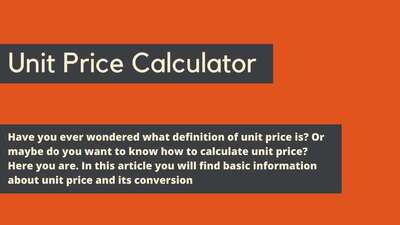
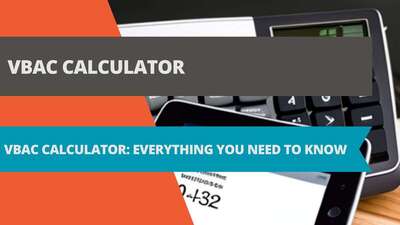
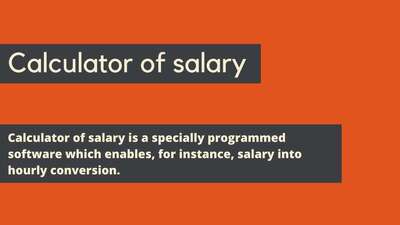
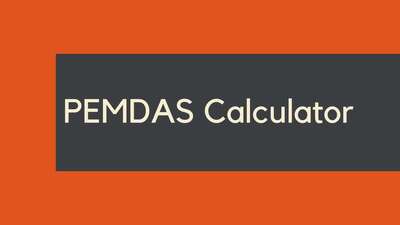

![Car Loan Calculator: Definition, Formula, Examples, and FAQs [2023 Guide]](/images/page/400/car-loan-calculator-13.jpg)
